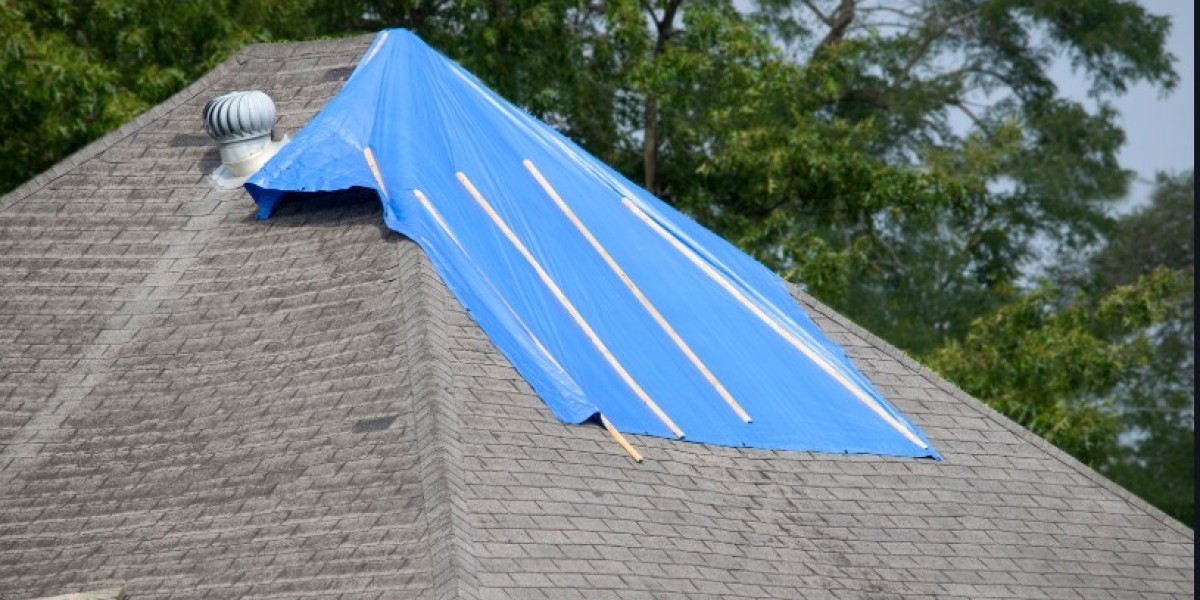A well-maintained roof is the unsung hero of your home, quietly protecting your family and possessions from the elements. However, ignoring necessary roof repairs can lead to disastrous consequences—both financially and structurally. Understanding these potential risks is essential for any homeowner. In this article, we’ll explore why regular roof maintenance is crucial, the hidden costs of neglect, and actionable tips to stay ahead of potential issues.
Why Roof Maintenance Matters
Your roof is your home’s first line of defense. It shields you from rain, wind, sun, and snow. Over time, however, this constant exposure can lead to wear and tear. Regular maintenance ensures your roof remains in good condition and extends its lifespan.
Neglecting roof repairs can lead to:
Leaks that damage your home’s interior
Weakened structural integrity
Increased energy bills due to poor insulation
The Hidden Costs of Ignoring Roof Repairs
Ignoring small roofing problems may save you money in the short term, but it often leads to higher expenses in the long run. Here are some of the most significant costs you might face:
1. Water Damage
One of the most immediate consequences of a damaged roof is water infiltration. Even a small leak can lead to widespread damage, including:
Mold and mildew growth
Damage to walls, ceilings, and insulation
Compromised electrical systems
Repairing these issues often costs thousands of dollars, far more than fixing the initial roof problem.
2. Structural Damage
When water seeps into the framework of your home, it can weaken the structural integrity. Over time, this can result in:
Rotting wood
Sagging ceilings
Compromised foundation
Addressing structural damage often requires extensive renovations, which can be a financial burden.
3. Higher Energy Bills
A damaged roof often leads to poor insulation, allowing hot or cold air to escape. This puts extra strain on your HVAC system, causing energy bills to skyrocket. In contrast, a well-maintained roof can help keep your home energy-efficient.
4. Pest Infestations
Holes and cracks in your roof provide easy entry points for pests such as:
Rodents
Birds
Insects
Once inside, these pests can cause further damage to your home and pose health risks to your family.
5. Decreased Property Value
A home with a damaged roof is less attractive to potential buyers. If you’re planning to sell your home, unresolved roof issues can significantly lower its market value.
Common Signs Your Roof Needs Repairs
Knowing the signs of roof damage can help you address issues before they escalate. Look out for these warning signs:
Missing or cracked shingles
Water stains on ceilings or walls
Sagging roof areas
Granules in your gutters
Increased energy bills
Mold or mildew in your attic
How Often Should You Inspect Your Roof?
Regular inspections are key to catching problems early. Experts recommend inspecting your roof at least twice a year—once in the spring and once in the fall. Additionally, inspect your roof after severe weather events, such as heavy storms or hail.
The Financial Benefits of Regular Roof Maintenance
Investing in regular roof maintenance might seem like an expense, but it’s actually a cost-saving measure. Here’s how it pays off:
Extended Roof Lifespan: Routine maintenance can add years to your roof’s life.
Lower Repair Costs: Addressing small issues early prevents costly repairs down the line.
Energy Savings: A well-maintained roof improves insulation, reducing heating and cooling costs.
DIY Roof Maintenance Tips
While some roof repairs require professional expertise, there are several maintenance tasks homeowners can handle themselves:
Clear debris: Remove leaves, branches, and other debris from your roof and gutters.
Inspect shingles: Look for signs of damage such as curling, cracking, or missing shingles.
Check for leaks: Examine your attic for water stains or mold.
Trim overhanging branches: Prevent branches from damaging your roof during storms.
When to Call a Professional
Some roofing issues are too complex or dangerous for DIY fixes. Call a professional roofer if you notice:
Extensive water damage
Large areas of missing shingles
Structural sagging
Persistent leaks
Professional roofers have the tools and expertise to address these problems safely and effectively.
Choosing the Right Roofing Contractor
When hiring a professional, it’s essential to choose a reliable contractor. Here are some tips for finding the right one:
Check for proper licensing and insurance
Read reviews and ask for references
Get multiple quotes to compare pricing
Ask about warranties and guarantees









